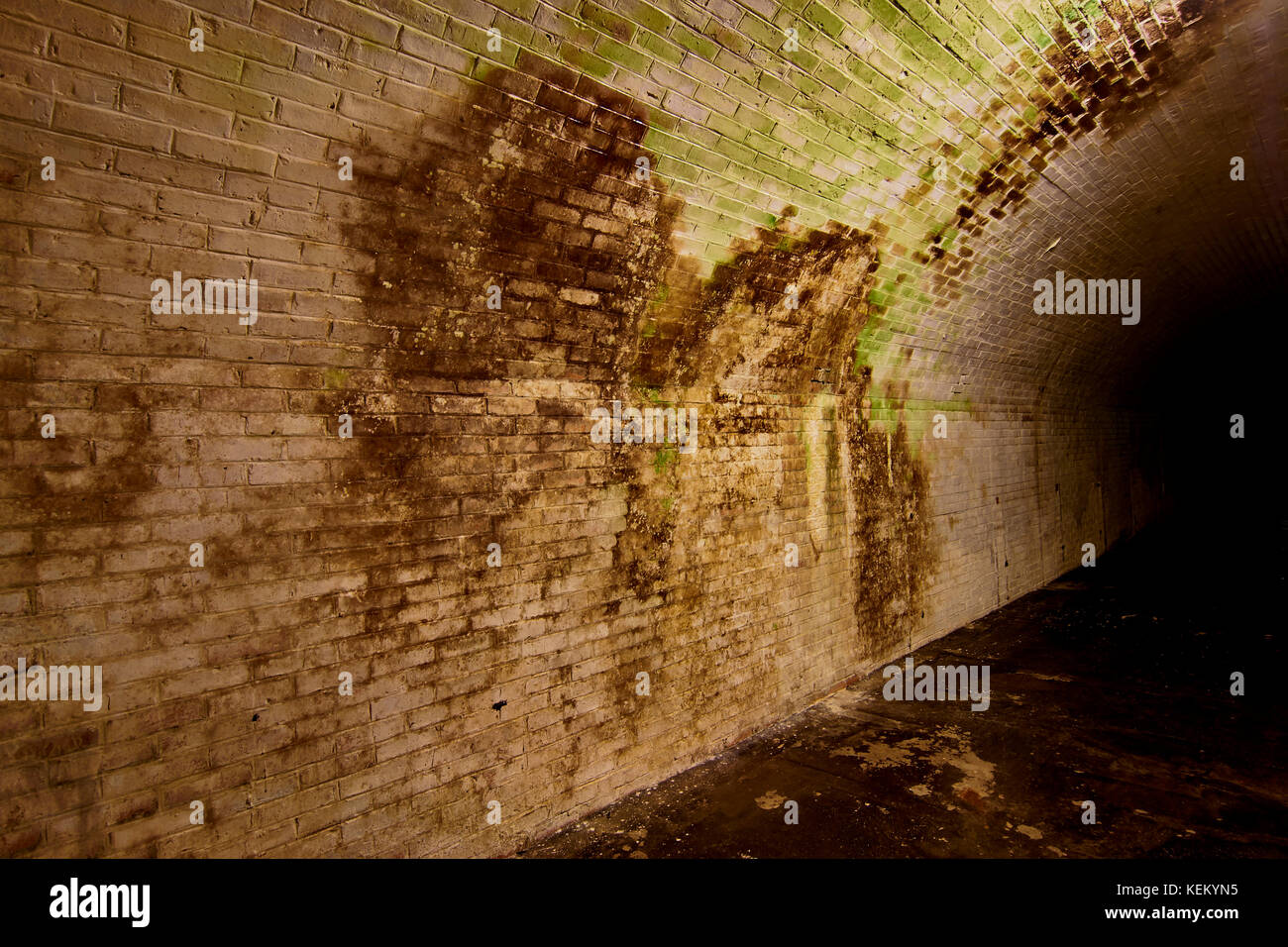
Then, “a rough outline of the United States appeared as the background.” Simmons watched as each “big problem” in “American life” shifted across the celestial map, and he “fell to his knees and offered a prayer to God.” 2 1 As he looked out a window, Simmons saw “something mysterious and strange in the sky”: horses “galloping across the horizon” with riders dressed in white robes. Simmons, an ex-Methodist minister, fraternal organizer, and founder and eventual Imperial Wizard of the Klan’s Invisible Empire, claimed that his recreation of the Klan began with a vision on a summer night in Alabama. The second Ku Klux Klan (1915-1930) began with a dream. The cover of an issue of the Imperial Night-Hawk, the Klan’s national publication | rights to the photo owned by the author

Stephens (Northumbria University), “ The Klan, White Christianity, and the Past and Present“ Bivins (North Carolina State University), “ What am I afraid of?“ We invite you to join the conversation by sharing your thoughts and questions in the comments section below. Over the next few weeks, scholars will offer responses to Baker’s essay. Examining the historical artifacts of white supremacy helps us to better understand how white supremacy manifests today and might also help us better identify and analyze the presence and effect of racism in American life and politics. Nationalism (or “100% Americanism”), Protestant Christianity, and white supremacy became inextricably linked in these material objects. Robes, fiery crosses, and even the American flag were all material objects employed by the 1920s Klan to convey their “gospel” of white supremacy. The Klan’s religious nationalism, its vision of a white Protestant America, became tangible in each of these artifacts, and each artifact reflected the order’s religious and racial intolerance.

Artifacts signal (and often embody) the racist ideology of the Klan, along with their particular brand of Protestantism and nationalism. And yet, we know the Ku Klux Klan, the oldest hate group in the U.S., by their hoods and robes. Baker’s essay, “The Artifacts of White Supremacy.” Discussions about racism-and white supremacy in particular-tend to treat it as a matter of belief, while there’s considerably less talk of how racialized hate becomes tangible and real. The June issue of the Forum features Kelly J.


 0 kommentar(er)
0 kommentar(er)
